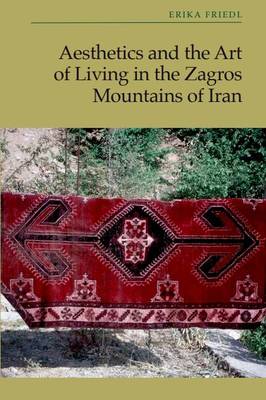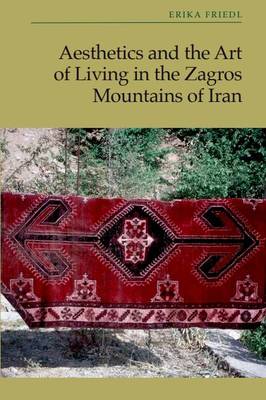
- Retrait gratuit dans votre magasin Club
- 7.000.000 titres dans notre catalogue
- Payer en toute sécurité
- Toujours un magasin près de chez vous
- Retrait gratuit dans votre magasin Club
- 7.000.0000 titres dans notre catalogue
- Payer en toute sécurité
- Toujours un magasin près de chez vous
Description
In this rare approach to half a century of ethnographic study of a pastoral ethnic community in the hinterland of Iran, the emotional and judgmental reactions local people have to conventions and customs of their own culture is in sharp focus. The book rests on a longitudinal ethnographic study of an agro-pastoral group over five decades in a remote mountain area in Iran. The effects of hard work, poverty, and lifestyle changes over the past decades have moulded people's likes and dislikes, their comforts and pains and what they deem beautiful and ugly. In the aesthetics of everyday life, social structures, traditions and local habits provide many choices for behaviour and experiences, and also for the feelings the various options allow or even provoke. This focus on the cognitive and emotive side of culture affords insights into how rural/transhumant people evaluate their life conditions, their relationships to others, to nature, to time, to religion, and thus to the aesthetic dimension of their lives over half a century of rapid change.
Spécifications
Parties prenantes
- Auteur(s) :
- Editeur:
Contenu
- Nombre de pages :
- 280
- Langue:
- Anglais
Caractéristiques
- EAN:
- 9781399536738
- Date de parution :
- 31-08-24
- Format:
- Livre relié
- Format numérique:
- Genaaid
- Dimensions :
- 156 mm x 234 mm
- Poids :
- 571 g

Les avis
Nous publions uniquement les avis qui respectent les conditions requises. Consultez nos conditions pour les avis.






